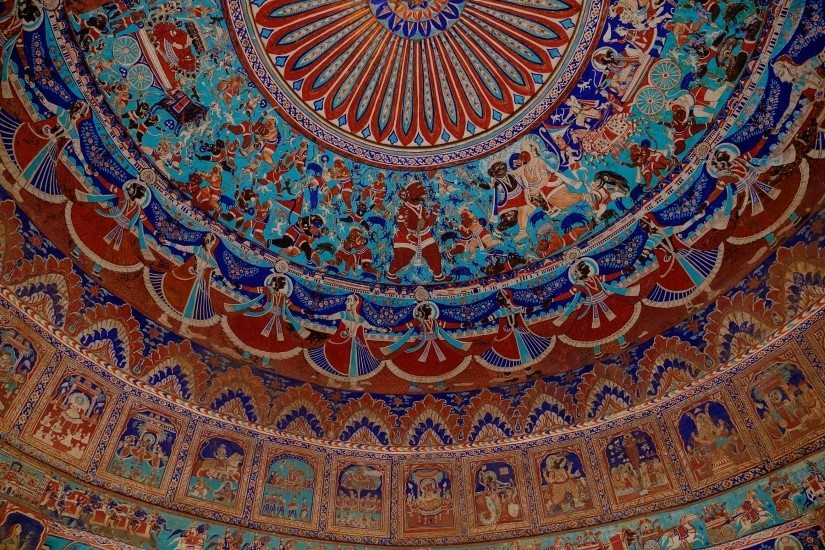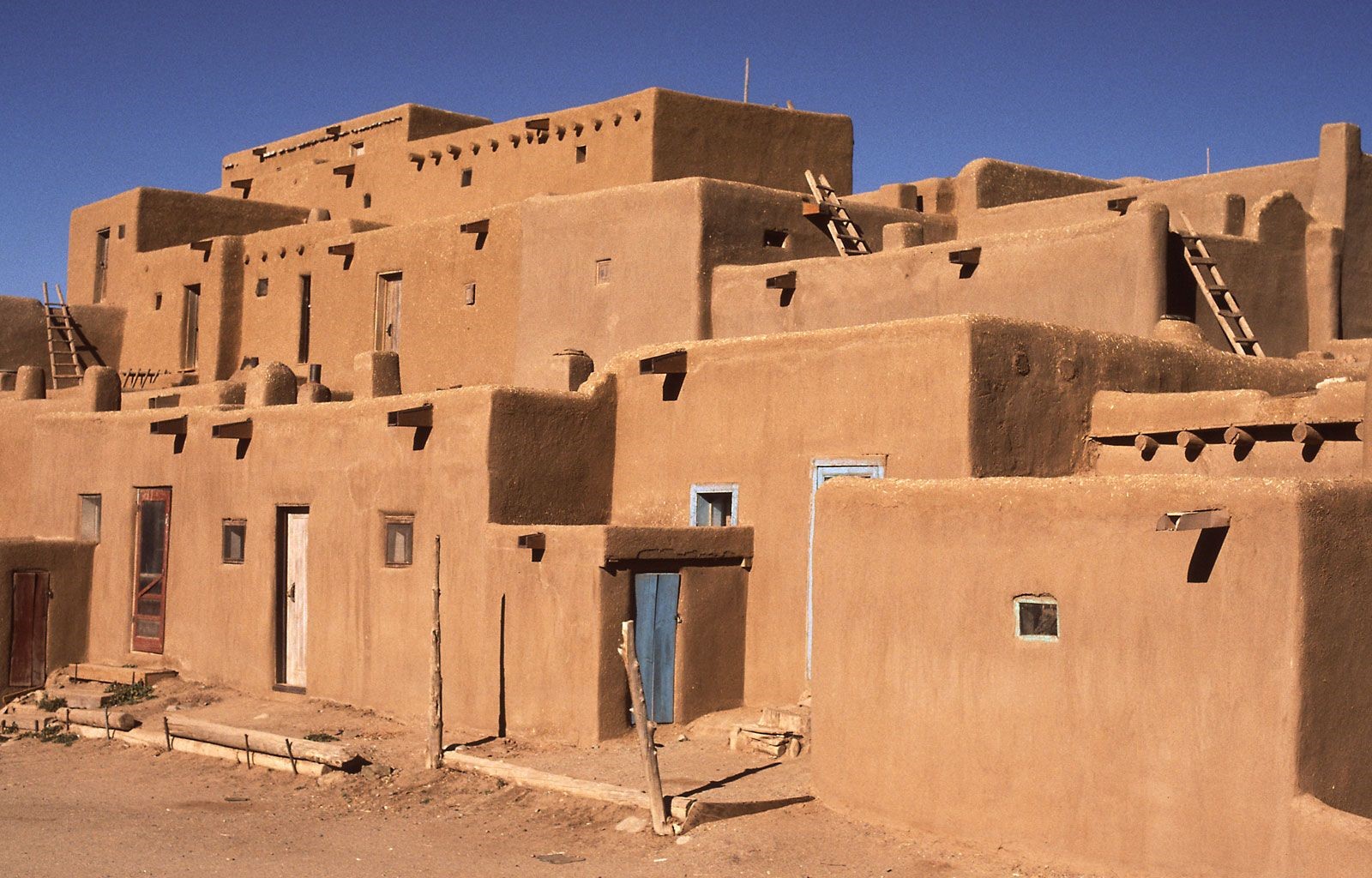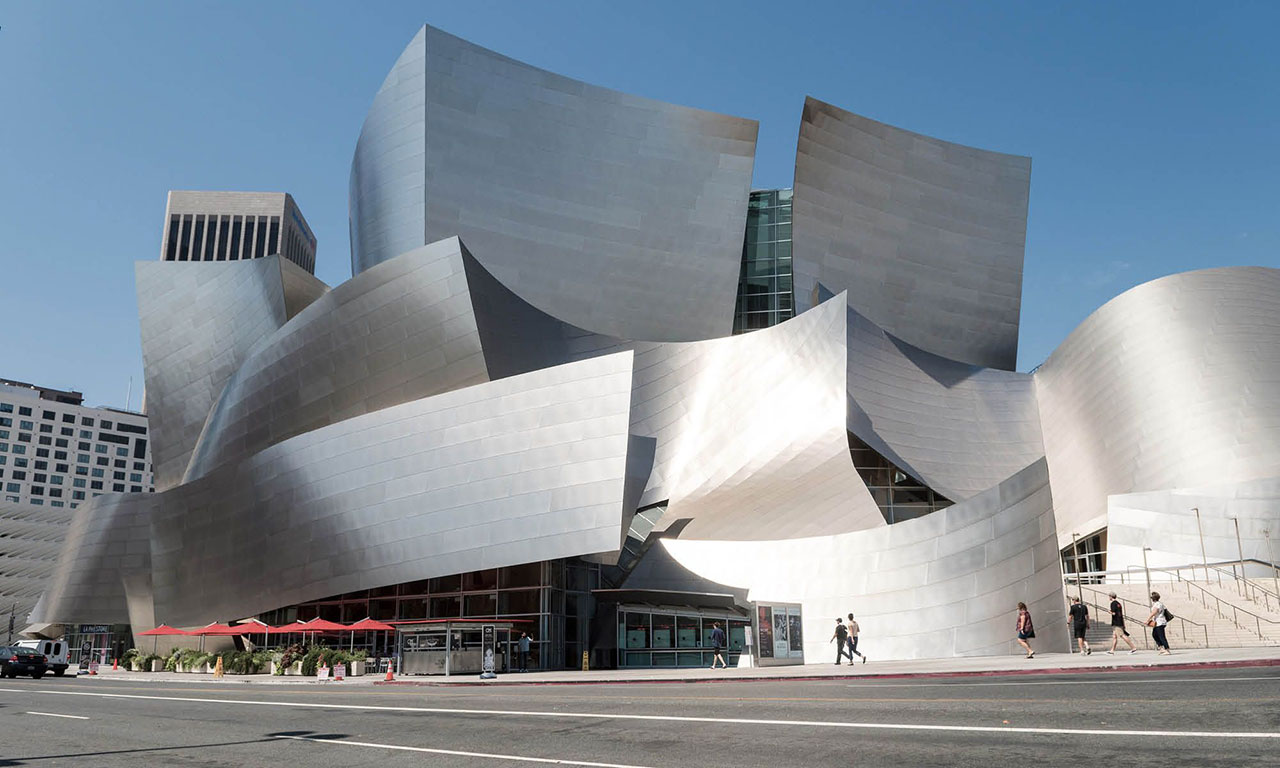Cultural reflections: the impact of architecture on cultural identity
Architecture is an art form that reflects and shapes cultural identity, creating a lasting impact on the society it serves. The buildings we inhabit, work in, and admire have the power to influence our perceptions, values, and beliefs, making architecture a vital aspect of cultural heritage. Architects play a critical role in creating buildings that honor and celebrate diverse cultures, using their knowledge and skills to design structures that reflect the unique identity of a community.
Architecture is a mirror of culture, reflecting the social, political, and economic values of a society. Buildings can be designed to celebrate cultural identity by incorporating elements of local traditions, materials, and aesthetics. For example, the design of a mosque in the Middle East might incorporate the distinctive minarets and domes that are associated with Islamic architecture, while a Hindu temple in India might feature intricate carvings and colorful patterns that are unique to the region.

National Museum of African-American History & Culture, Washington DC
Architects can also use buildings to tell a story, memorializing important historical events or figures. For example, the National Museum of African American History and Culture in Washington D.C. is designed to honor the legacy of African Americans, featuring elements such as a tilted porch roof that echoes the style of Southern homes and a three-tiered structure that represents the three stages of slavery, segregation, and modern civil rights activism.
Architecture can also shape cultural identity by creating new cultural landmarks that become symbols of a community. Iconic buildings such as the Sydney Opera House, the Empire State Building, and the Eiffel Tower have become synonymous with their respective cities, embodying the essence of their cultural heritage. Architects can design buildings that become cultural landmarks by incorporating elements that reflect the identity of the community, such as local materials, motifs, and colors.

The Aga Khan Museum in Toronto, Canada
Built-forms that celebrate the diversity of cultures can be created by architects by designing structures that incorporate elements of multiple cultural traditions. For example, the Aga Khan Museum in Toronto, Canada, is designed to showcase Islamic art and culture while incorporating elements from other cultures such as Chinese, Greek, and Roman. The building features a unique design that reflects the interplay between light and shadow, symbolizing the dynamic nature of cultural exchange.
Architecture has a significant impact on cultural identity, reflecting and shaping the values, beliefs, and perceptions of a society. Architects can create buildings that honor and celebrate diverse cultures by incorporating elements of local traditions, materials, and aesthetics. They can also use buildings to memorialize important historical events or figures and create new cultural landmarks that become symbols of a community. The power of architecture lies in its ability to tell a story and embody the essence of a culture, making it an essential aspect of cultural heritage.


